Reading Time: < 1 minutes
- Our face is filled with small hair follicles (a small dot-like part of skin which grows hair)
- When the hair comes out from the follicle, it causes opening up of the skin and exposes it to microorganisms and other dangers such loss of water and temperature change.
- To protect the skin from these dangers, nature has provided all hair follicles with sebaceous glands (at least one per hair follicle), which produce an oil called sebum.
- Sebum travels through the space that surrounds the hair to form a slightly greasy surface film on the skin, keeping it lubricated, protected from infections & loss of water.
- Generally, the amount of sebum is well regulated, but some hormonal changes (e.g. puberty) stimulate the sebaceous glands to secret more sebum.
- Now, human body keeps making new skin cells while shedding huge numbers each hour (we have 19 million skin cells for every inch and shed 3.6 kg every year).
- But some times the dead skin cells, rather than falling on the floor or furniture, fall on our skin only and block the skin pores.
- So, the sebum instead of spreading on the skin gets stuck and creates a small bump on the skin.
- Sebum, being oil, is fat and therefore food to bacteria, which grow rapidly because of the rich nutrition from fat and cause infection.
- As soon as brain senses infection, it signals our immune system to send antibodies in blood to fight this infection; the redness around pimples is because of this blood.
- The swelling is immune system’s way of cordoning off the area and every time we have an injury or infection, a fluid filled with white blood cells is sent over to the spot to curb spread.


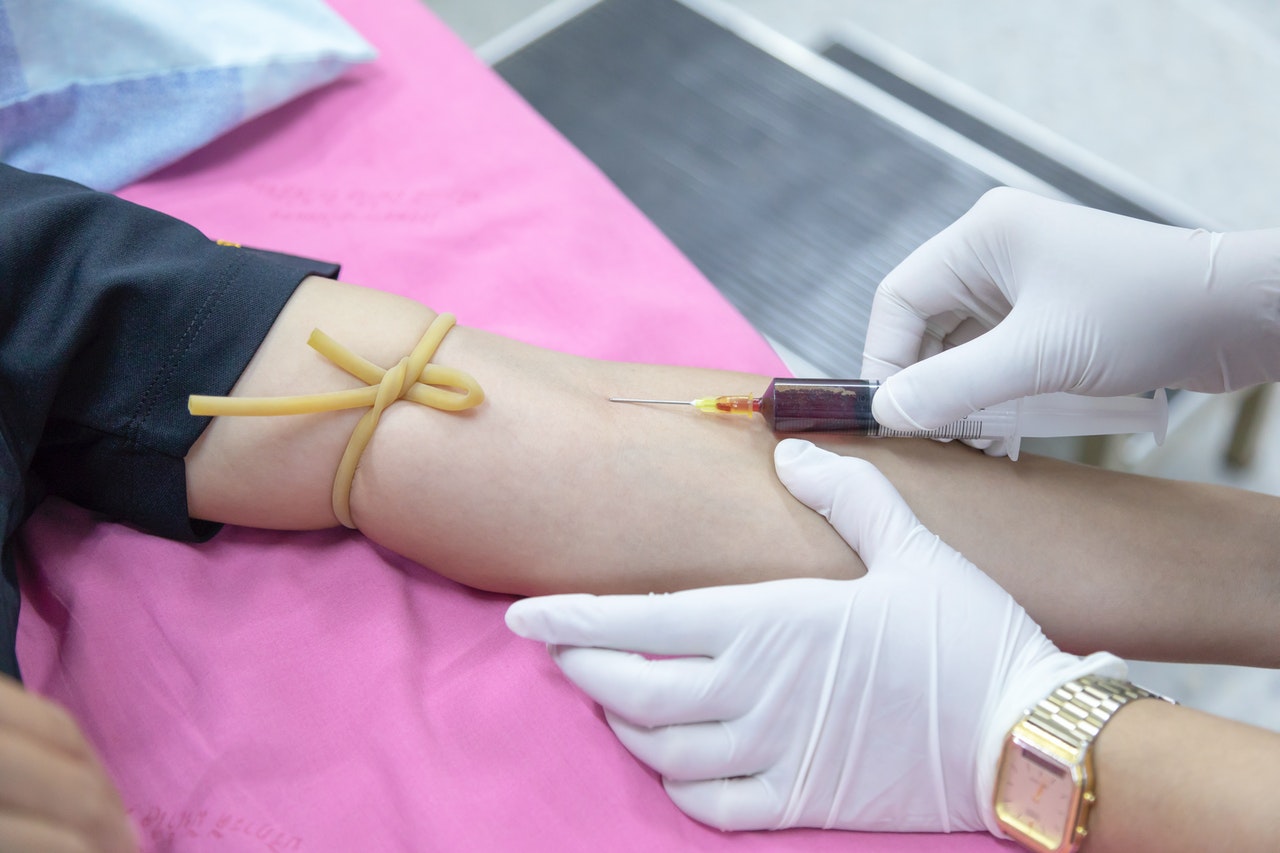
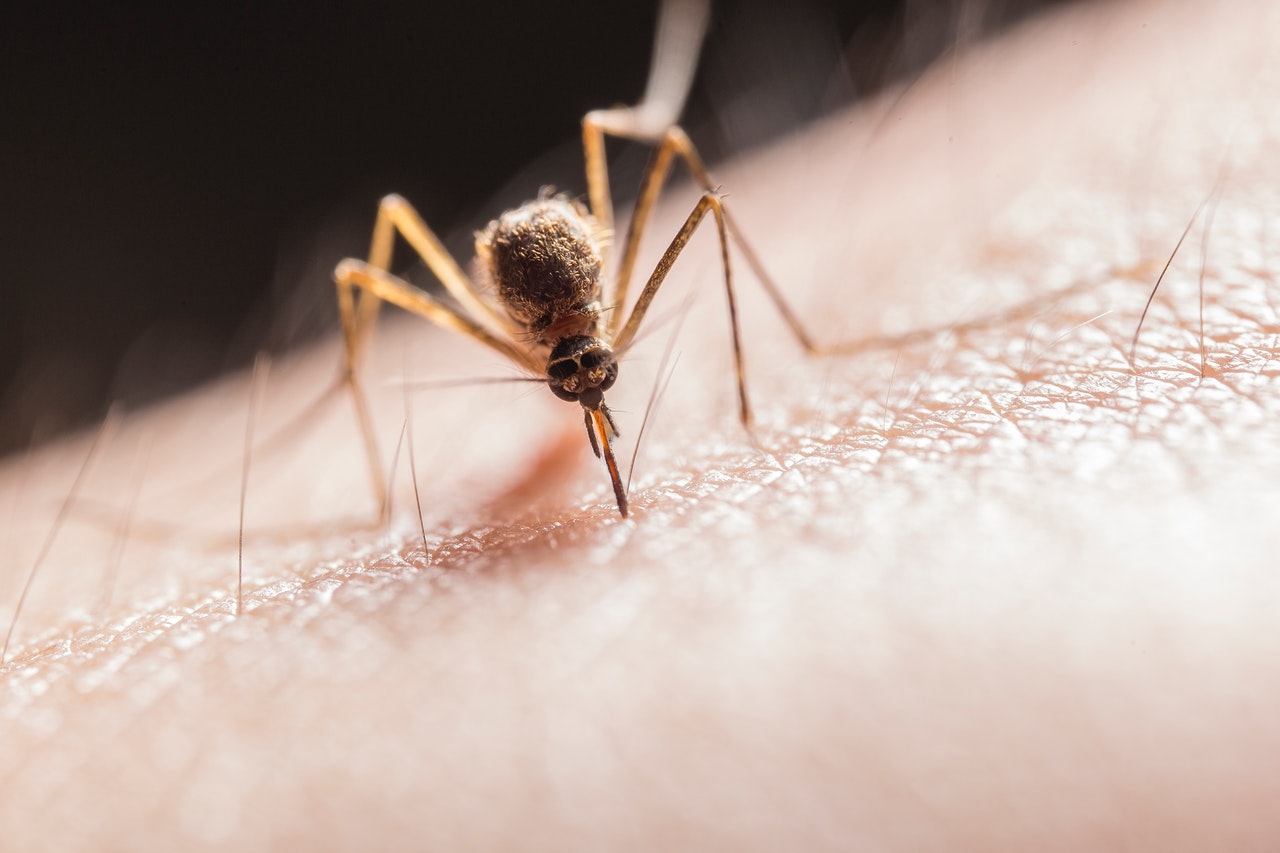
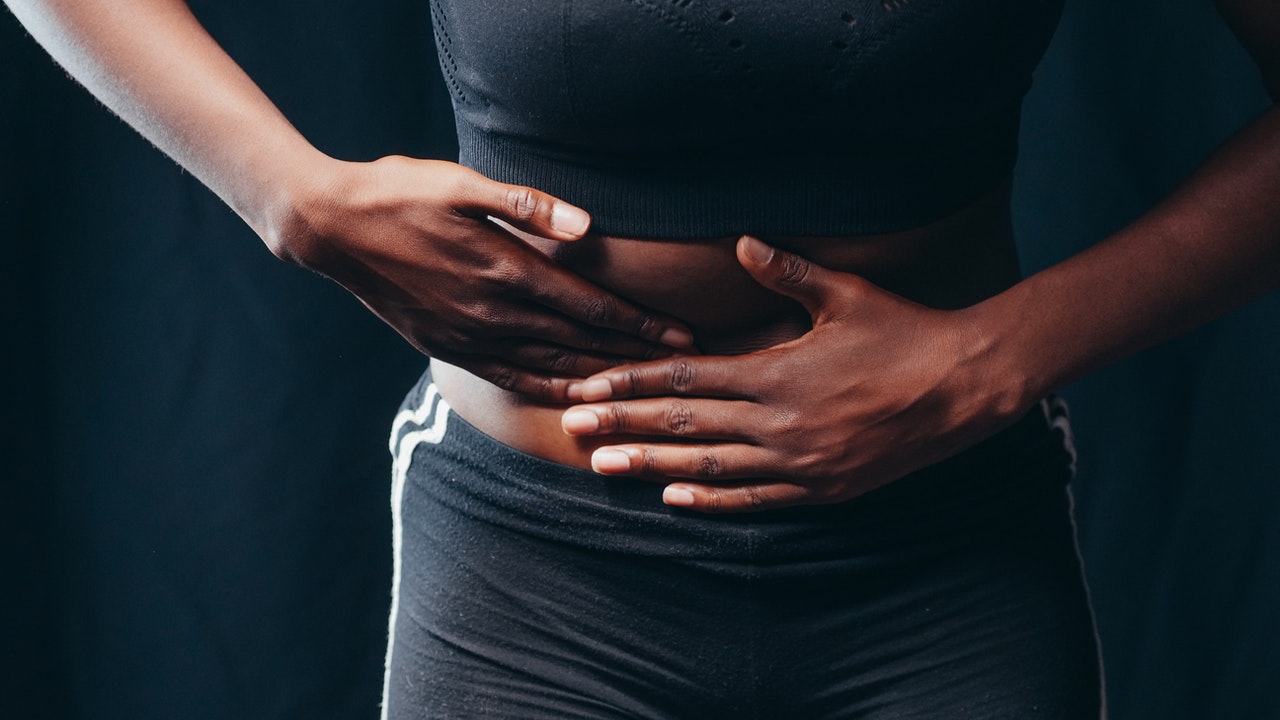
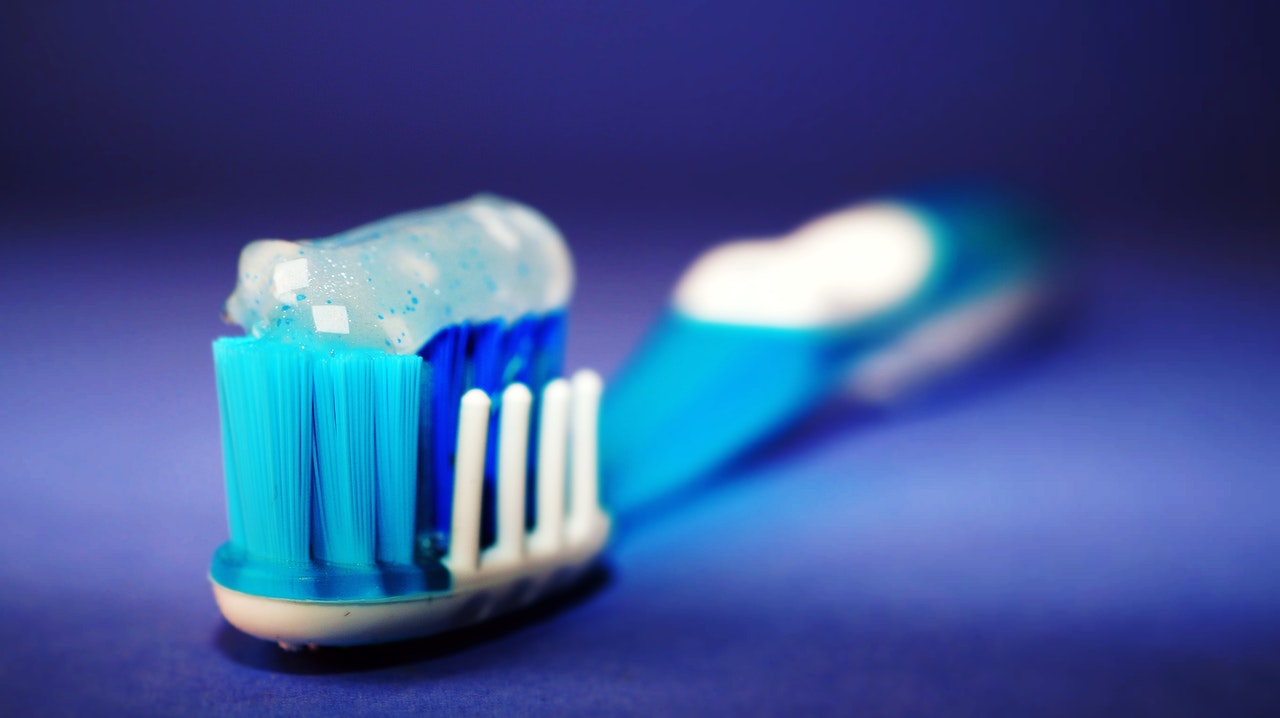
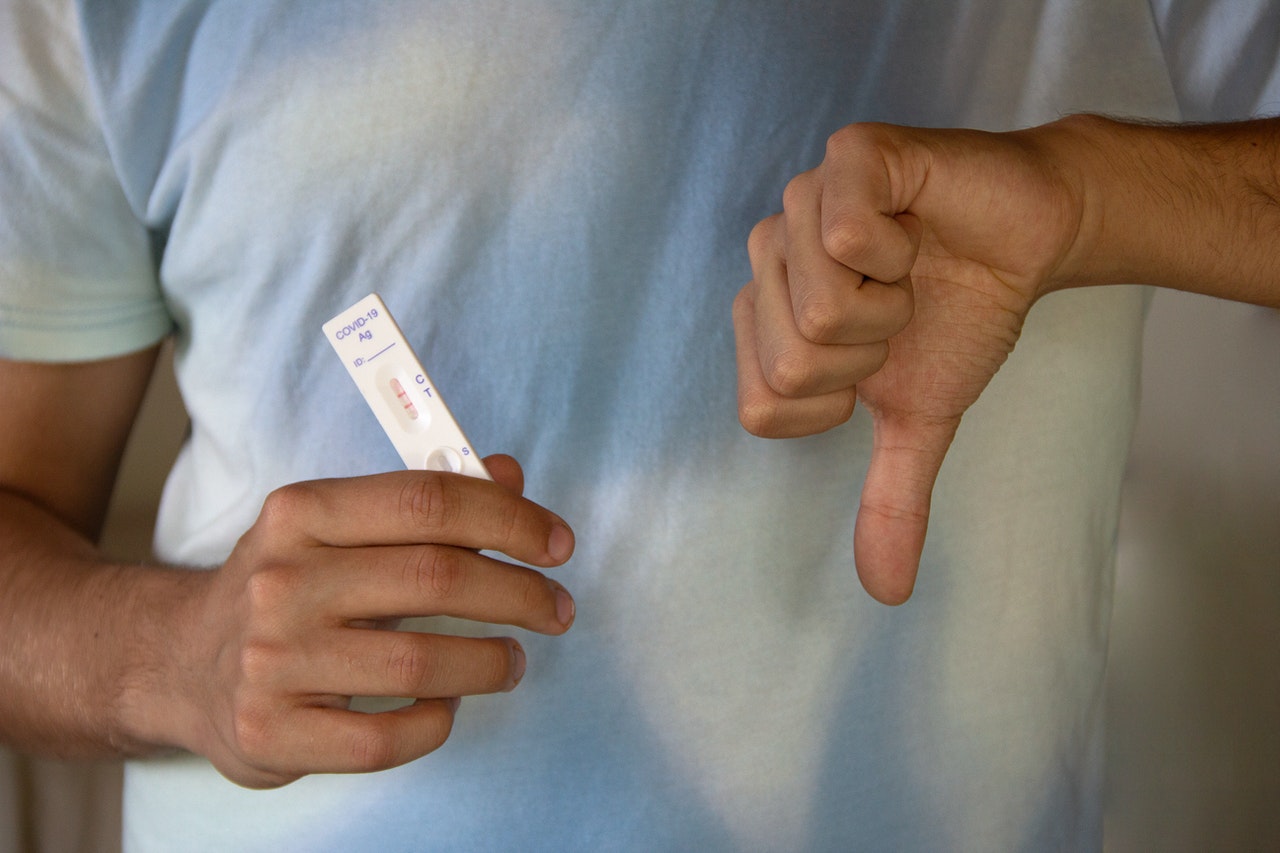
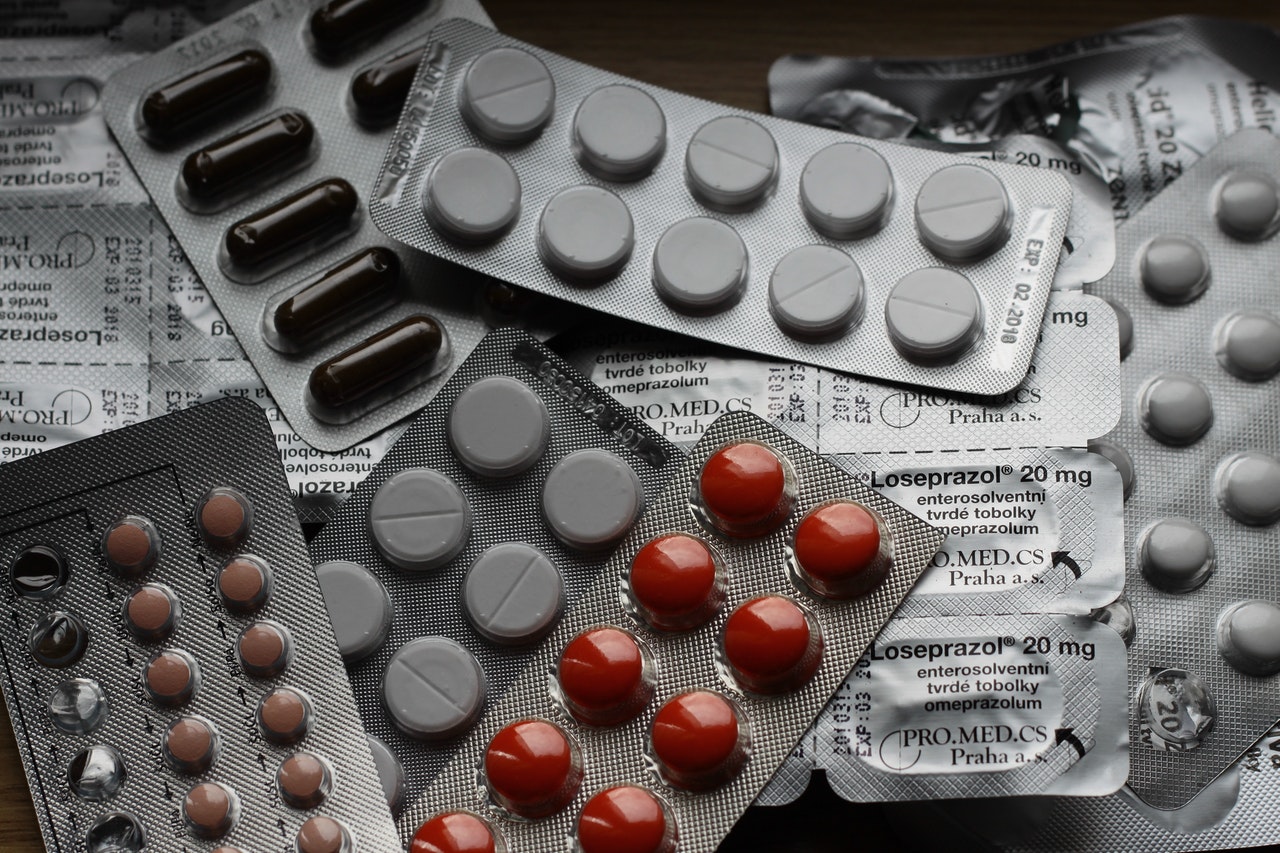
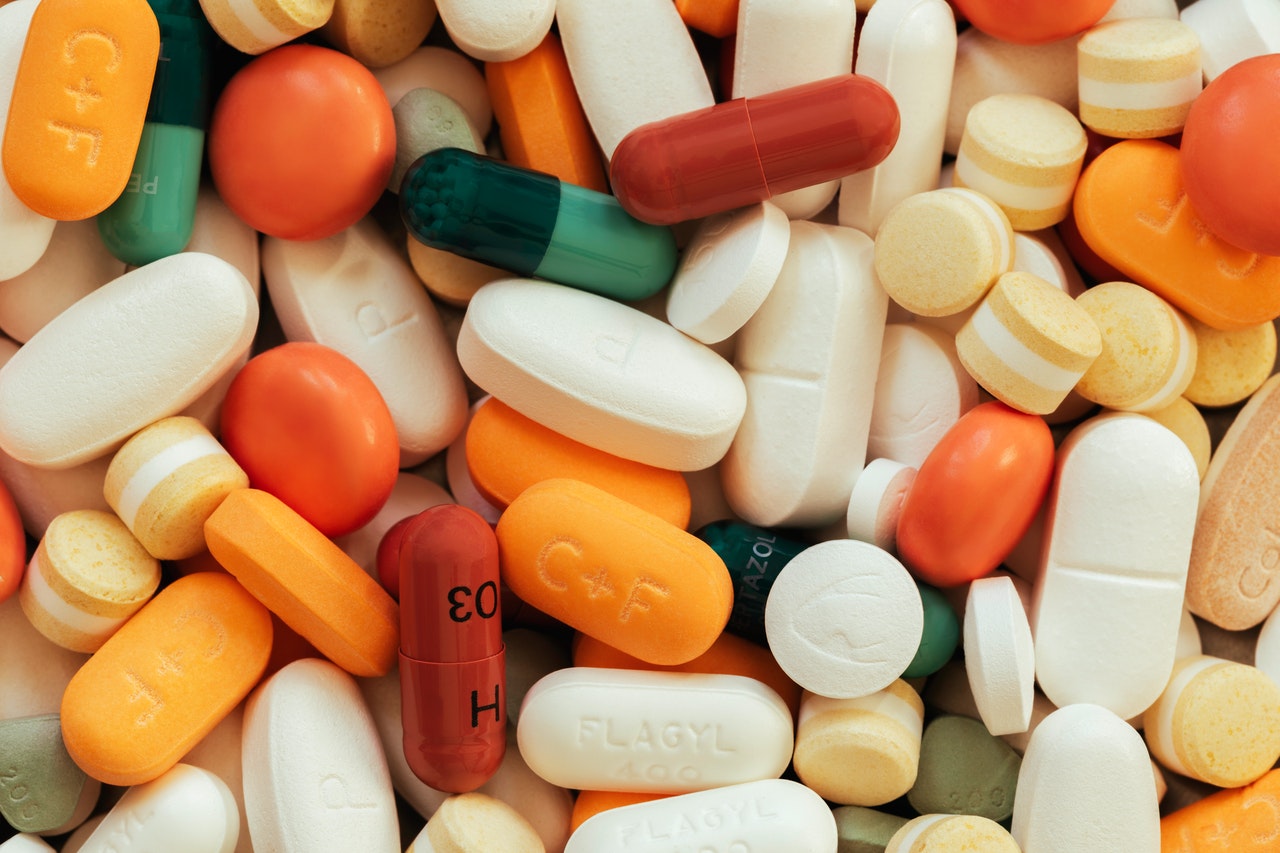

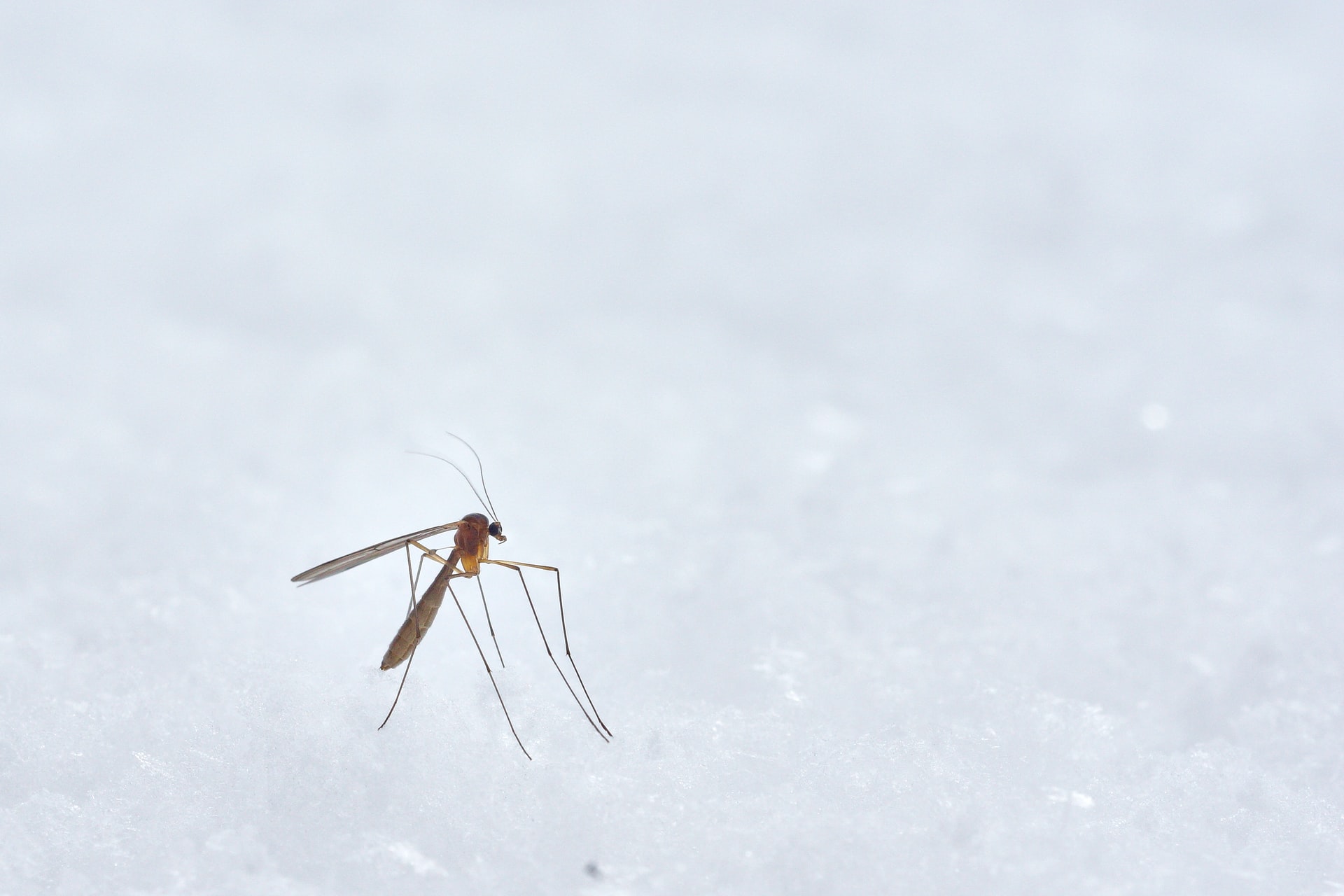

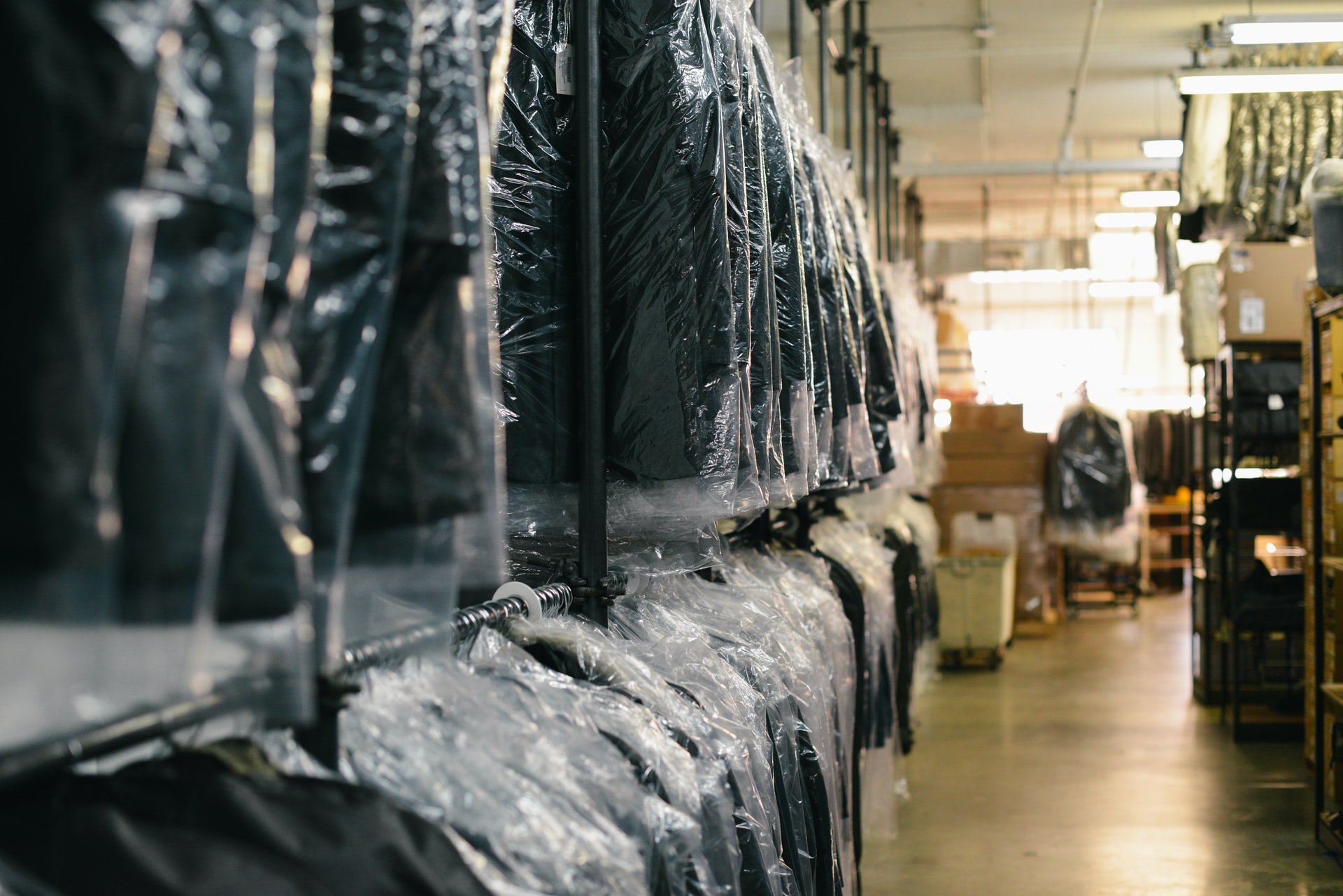

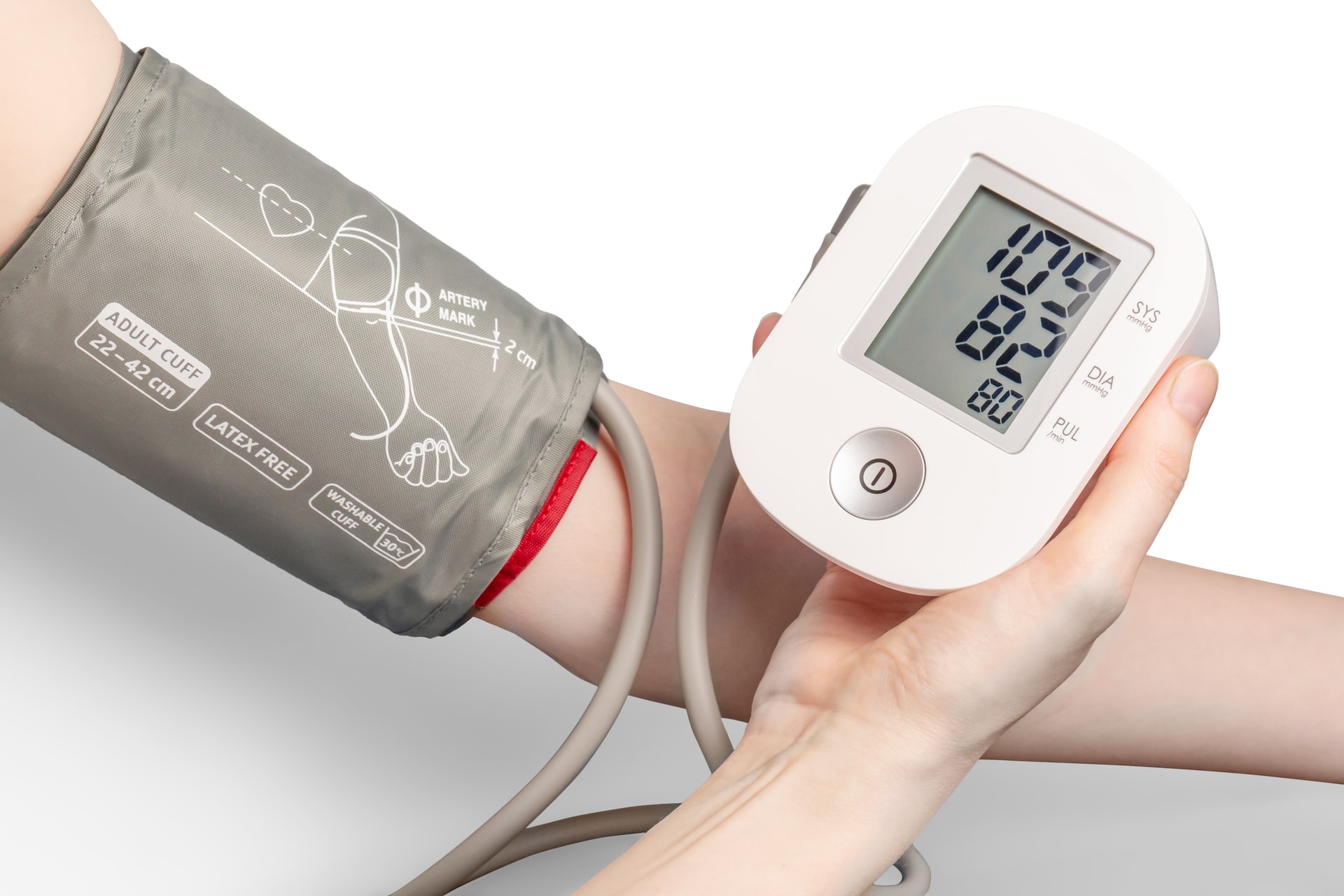
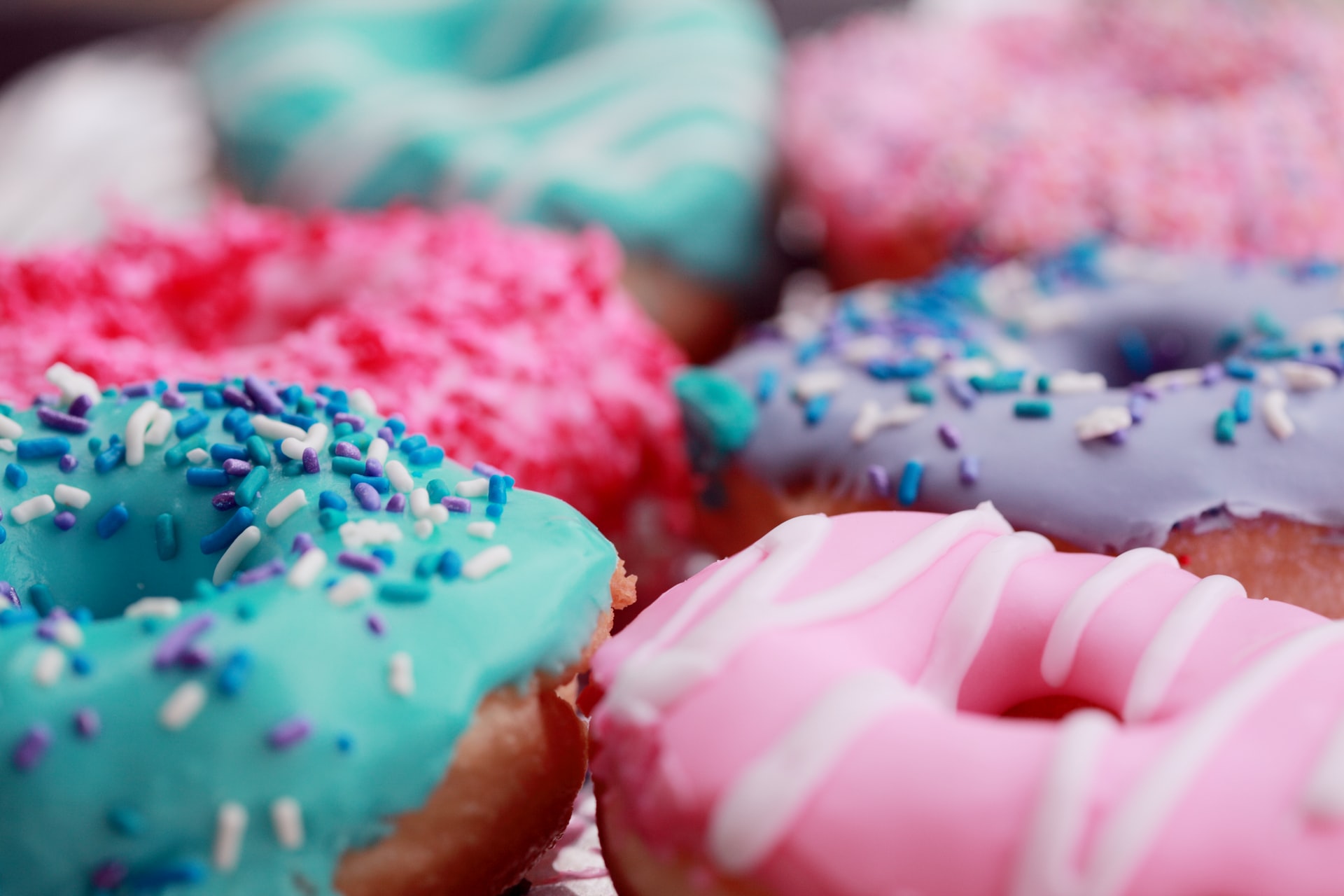



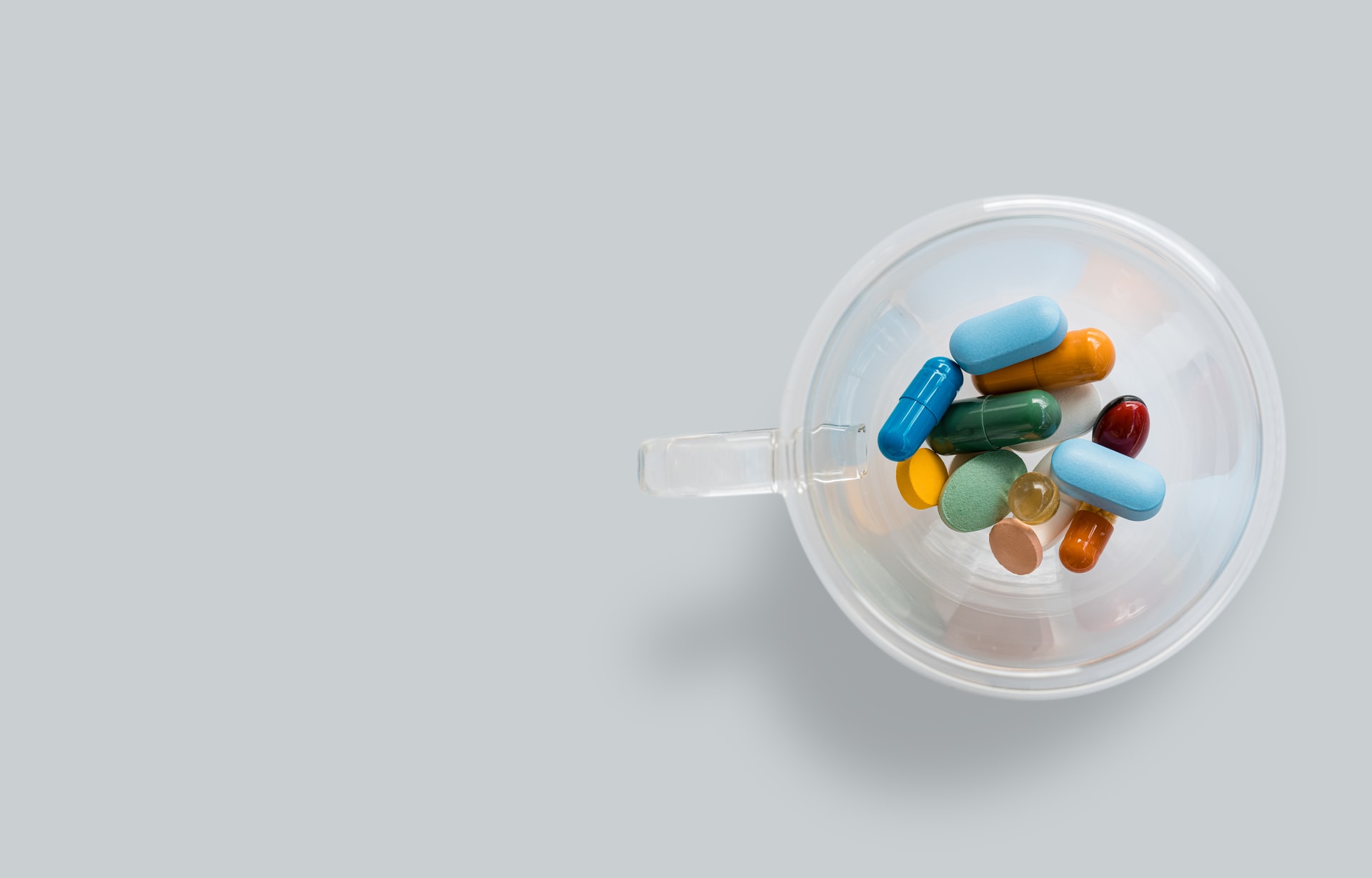
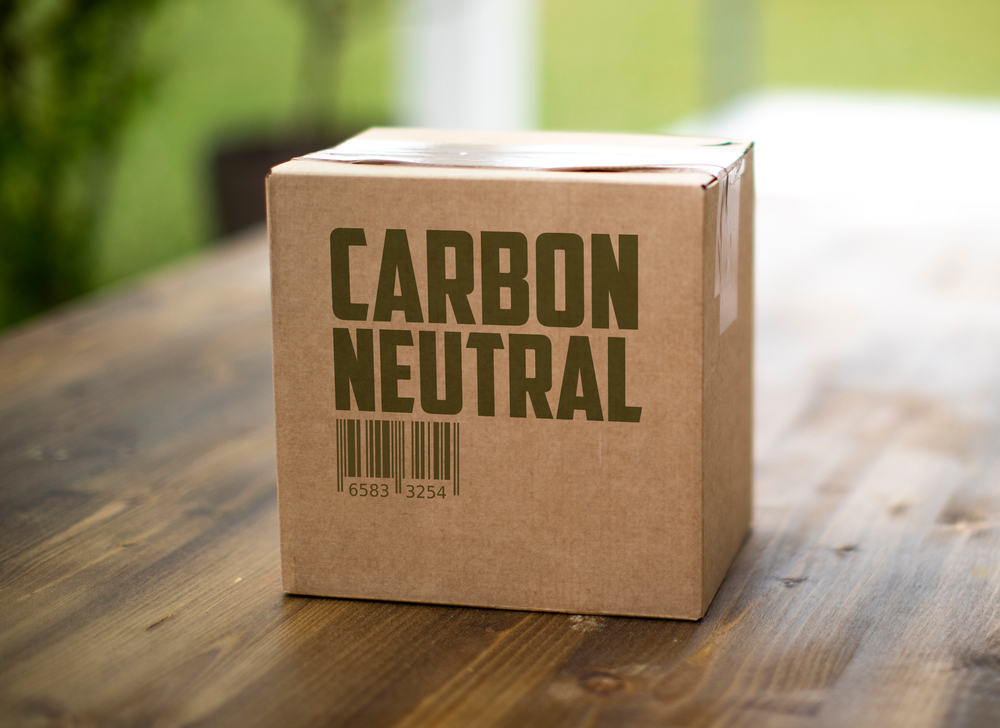


This is a great blog.
Thank you. Really glad you like it 🙂